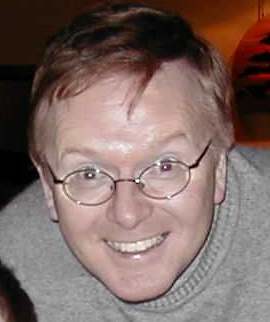The third topic on the list of four critical issues we’ll discuss relates to diminishing capability to perform activities of Daily Living . Activities of daily living (ADLs), is a way to describe the functional status of a person and are typically defined as the ability to: dress, eat, ambulate (walk), do toileting and take care of their own hygiene. These are critical to the ability to live independently. Instrumental ADLs includes activities not necessary for fundamental functioning, but still very useful in a community. Cooking, shopping, housework and transport are in this category. In general, performance of IADLs is necessary for maintenance of one’s household, and thus necessary for independent living in the community. However, many areas of IADLs are generally optional in nature, and can be delegated to others. Generally though, these should be seen as rough guidelines for the assessment of a patient's ability to care for themselves.
Loss of any of these abilities increases the risk of hospitalization, increased nursing home placement and to some extent predicts higher mortality rate Carey (2004). There are multiple assessment tools that are used to measure these important concepts of functional status and independence. Regardless of the measure used, there is a steep increase with age in the proportion of person who reports ADLs and IADLs limitations. In the
Functional disability is a key determinant of moving into an assisted living facility or nursing home. It has been reported that the average older adult living in an assisted living facility requires assistance in three IADLs and that about 50 percent of these resident have some level of cognitive impairment (Mollica, 1998). In contrast, nursing home resident have an average of 4.7 ADL limitations, and between 75 and 86 percent have cognitive impairment (Cohen and Miller, 2000). Thus, ALH resident have functional disabilities, largely in the IADL domain, that require supportive services whereas nursing home residents are substantially more impaired and more dependent in both IADL and basic ADL functioning.
In addition to functional status, there are other factors that influence transitions from independent living to assist living to nursing home. These include acute illness (such as stroke), progression of chronic diseases (both cognitive and physical), and lack of social support. Indeed, it has been stated that the difference between needing and not needing nursing home care depends on the availability of social support (Kane et al., 1999). It has been estimated that for every person over age 65 in a nursing home, there are approximately 1-3 people equally disabled living in the community (Kane et al, 1999). The people in the community, however, typically have more resources, support services, and family caregivers available to assist them. In addition, these elders may have more access to, and ability to use, the various technological means that are available to help them maintain their functioning.



No comments:
Post a Comment